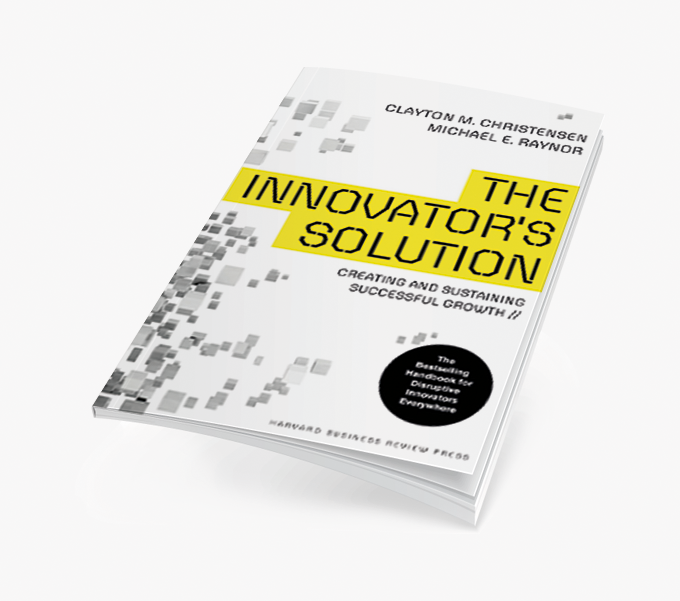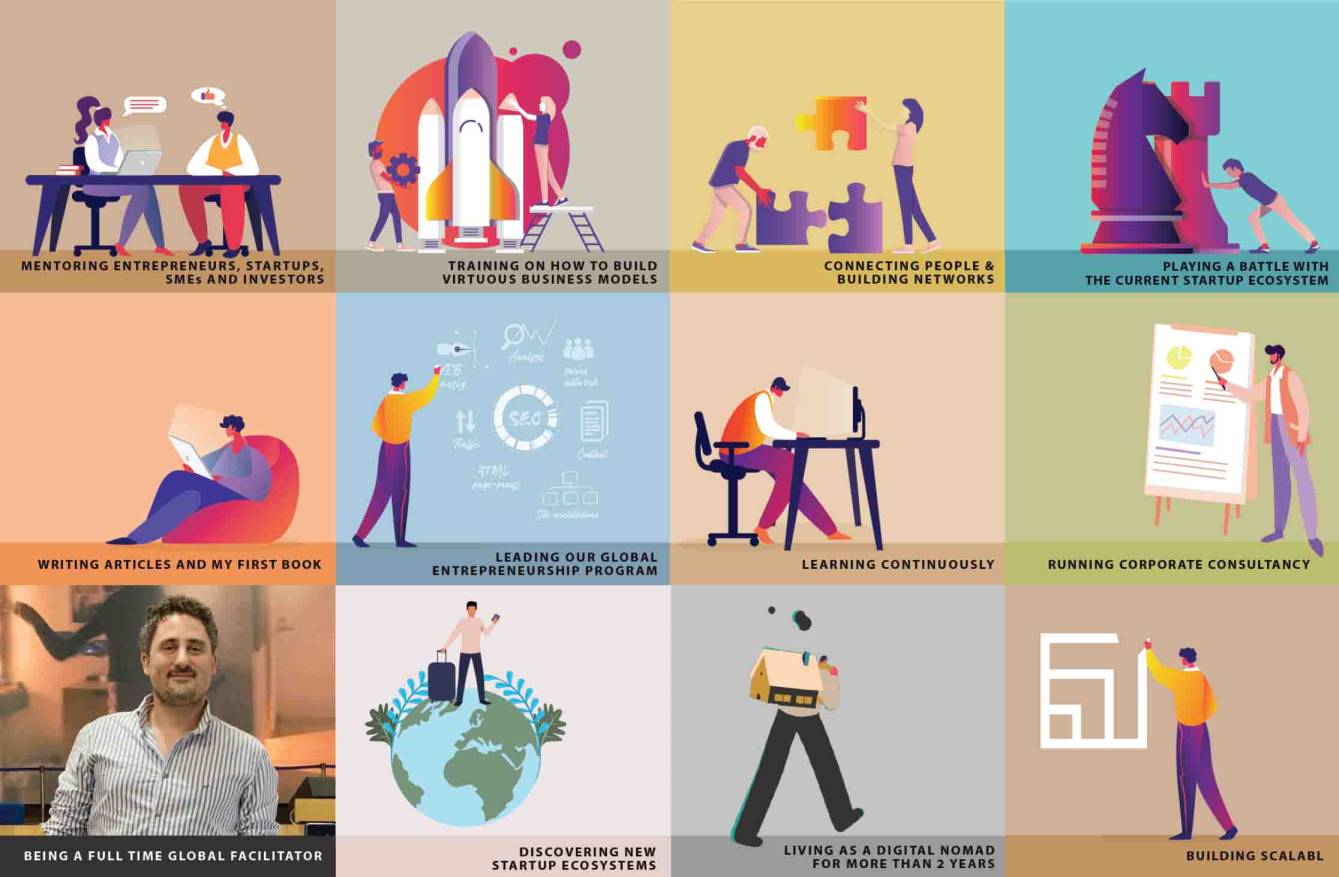


from Clayton M. Christensen, Michael E. Raynor
"The Innovator's Solution" by Clayton M. Christensen and Michael E. Raynor serves as a comprehensive guide for achieving sustainable growth through disruptive innovation. At its core, the book argues that companies must focus on creating products that fulfill unmet needs or serve overlooked segments, offering simpler, more affordable, and accessible solutions than existing alternatives. This approach not only enables companies to capture new markets but also to disrupt existing ones, challenging the dominance of established players. The authors emphasize the importance of understanding the job that customers are hiring a product to do, advocating for a shift in perspective from improving product specifications to making the job easier or more satisfying for customers. This customer-centric strategy is pivotal for identifying opportunities for disruption and for developing innovations that resonate with target markets.
Christensen and Raynor introduce several key concepts and frameworks to guide businesses in navigating the landscape of innovation. Among these is the distinction between sustaining and disruptive innovations—the former targeting improvements for existing customers and the latter creating new markets or serving lower-end customers with simpler solutions. The authors also discuss the significance of asymmetries of motivation, where large companies often overlook lower-end markets, presenting opportunities for smaller companies to disrupt from below. Moreover, the book highlights the value network alignment, ensuring that a business model and resources align with the disruptive innovation's value network, including distribution channels and customer support.
The authors delve into strategic considerations for fostering disruptive innovation, advising companies to differentiate between customer circumstances and attributes for market segmentation. This enables more precise targeting and development of products. They further explore the choice between interdependent and modular architectures for product development, depending on the competitive strategy and market needs. For companies aiming to cultivate a culture open to disruptive innovations, the book recommends encouraging risk-taking and potentially cannibalizing existing products to secure long-term growth and competitiveness.
Central to "The Innovator's Solution" is the concept of discovery-driven planning, which emphasizes testing plan assumptions early and often. This lean approach reduces risk and allows companies to pivot based on new learnings, facilitating a more agile and responsive innovation process. Additionally, the book discusses the strategic allocation of resources to areas with potential for future growth, even if they appear as lower-margin, disruptive opportunities initially. This involves balancing the portfolio of innovations between sustaining current businesses and exploring new, disruptive opportunities.
Christensen and Raynor also address the challenges and strategies for established companies in embracing disruptive innovations. They suggest creating autonomous divisions focused on disruptive projects, ensuring these initiatives have the resources, autonomy, and protection from the core business pressures. Leadership plays a crucial role in championing disruptive projects and fostering an environment where disruptive innovations can thrive. By applying these principles, businesses can navigate the complexities of market disruption, ensuring sustainable growth and remaining competitive in rapidly evolving industries. "The Innovator's Solution" thus offers invaluable insights and practical tools for entrepreneurs, intrapreneurs, and business leaders aiming to leverage disruptive innovation for strategic advantage.







